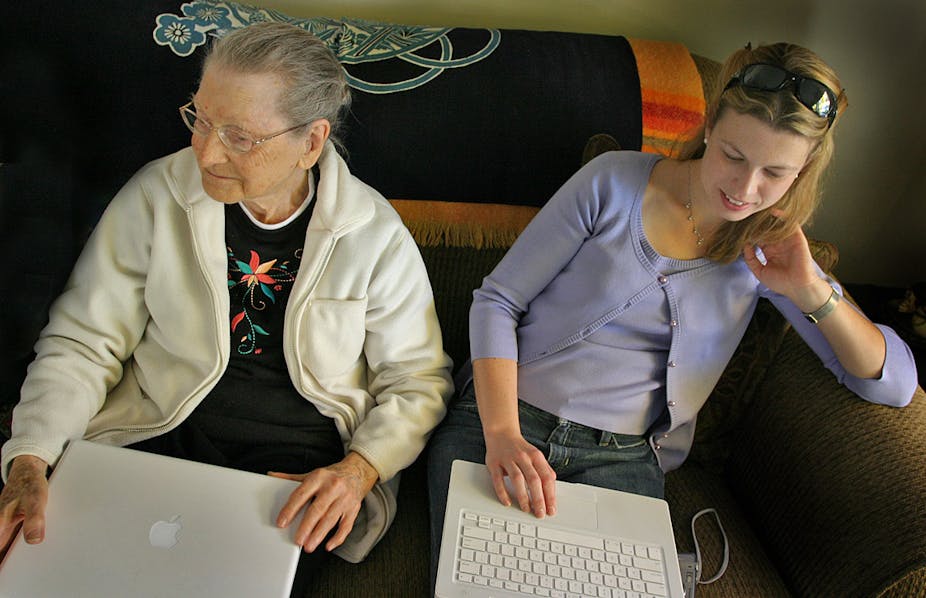Over the past century life expectancy has increased dramatically and older citizens around the globe will soon outnumber children. By 2050, nearly one out of every four people will be older than 60 years of age.
Most Australians are aware of the changes in our own demographic profile and the financial and other challenges this entails, especially now that the first baby boomers have reached retirement age. These changes have been detailed by the Treasury’s Intergenerational Reports, and the Productivity Commission’s 2011 Caring for Older Australians report.
But awareness of what’s happening in the Asia Pacific region is much lower, even though this region is ageing more quickly than any other. Australian physician John Beard, now the World Health Organisation’s (WHO) director of the department of ageing and life course, pointed out that the population ageing currently occurring in low- and middle-income countries is happening much more quickly than was the case for Europe and North America.
Over the past decade, several Asian countries, including China, Indonesia and Japan, have seen fertility rates drop below those recorded in European countries, and in many instances close to or below replacement level.
The challenges of population ageing in the Asia Pacific differ from those facing Australia. In Thailand, for example, as in many other developing countries, children are by far the most common source of income for older people, and expectations of filial support in old age are widely shared. The rapid shrinking of this resource has prompted the question of what the country can do to avoid a catastrophic breakdown in the care of its older citizens.
Meanwhile, in developed nations, it’s widely recognised that technology will play a strong role in the future care and support of older people.
Technologies are available to help older adults stick to medication, diet and exercise plans. Technology can also identify and alert professionals to potential health problems. Devices that monitor sleep behaviour and toilet use, for instance, can provide carers with early warning signs of urinary tract infections, a common condition affecting older people.
In Australia, new ways of providing primary care through Telehealth and Telecare are being established. And social connection is being facilitated through the internet. Several studies have shown that older people can learn how to use computers and enthusiastically adopt new opportunities to stay in contact with younger generations.
The internet and mobile phones have vastly improved communication between older and younger people in India, says Ravi Samuel, honorary secretary for Vision Age India. But other writers have expressed scepticism about the applicability of many technologies to developing countries.
The problem is twofold. First is the issue of cost, which is exacerbated in rural areas. The second is how apt the technology is; technologies are incongruous when people’s basic needs are not being met.
According to Beard, promoting healthy ageing into the future requires new ways of approaching later life: “[We] need to reinvent the way we think about ageing itself … keeping people healthy for as long as possible, and giving them the opportunity to do the things they want and that society needs.”
As baby boomers age, we will expect to be able to access better services and supports than what previous generations had. More imaginative, flexible, culturally appropriate solutions are needed. With imagination, enthusiasm, and investment from government and the private sector, the challenges of ageing societies can be successfully addressed.

